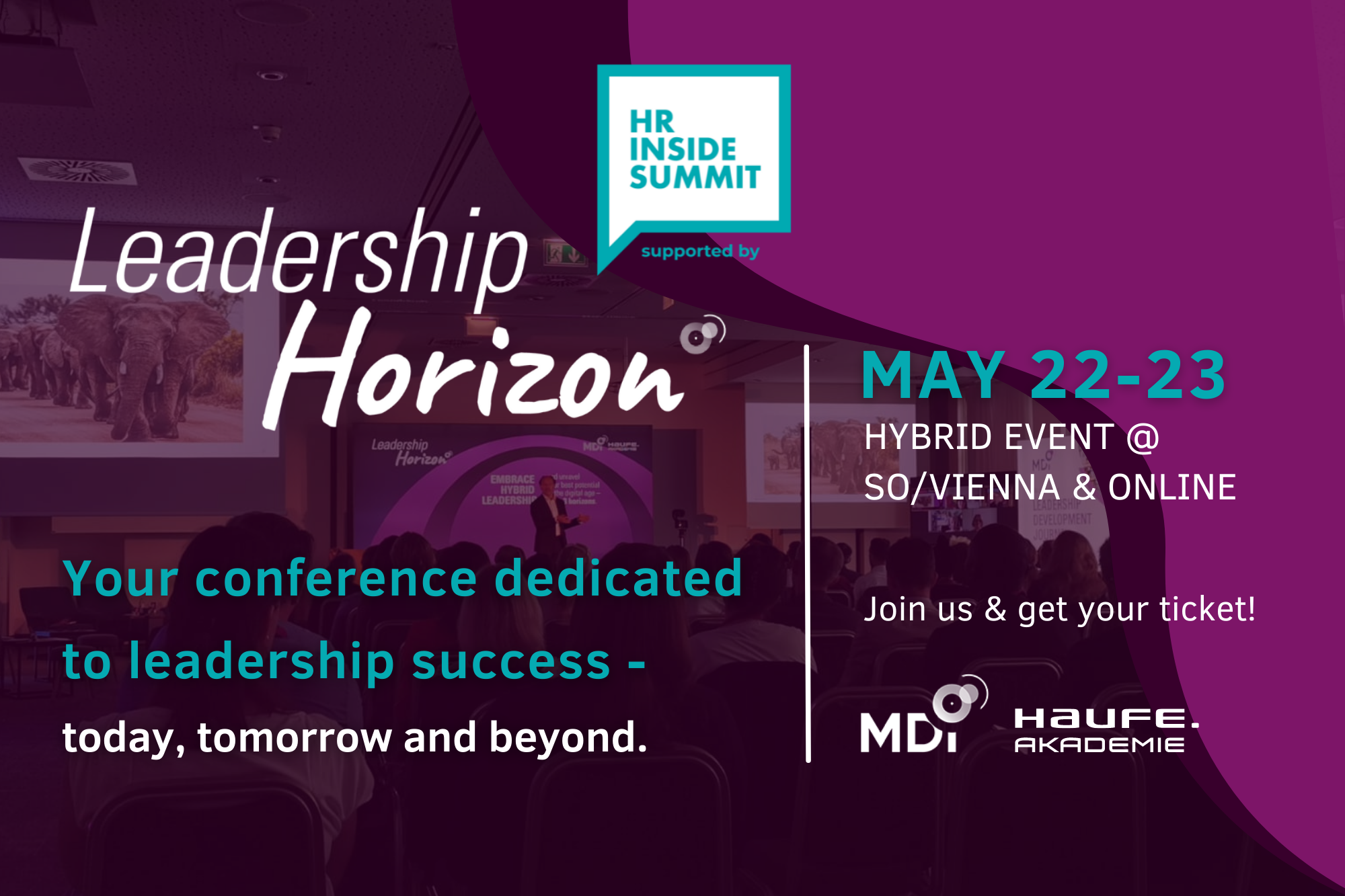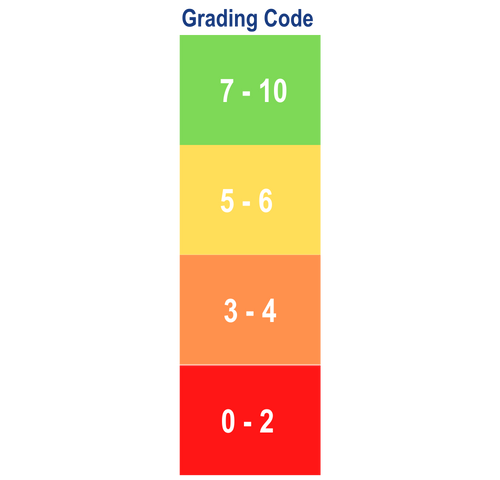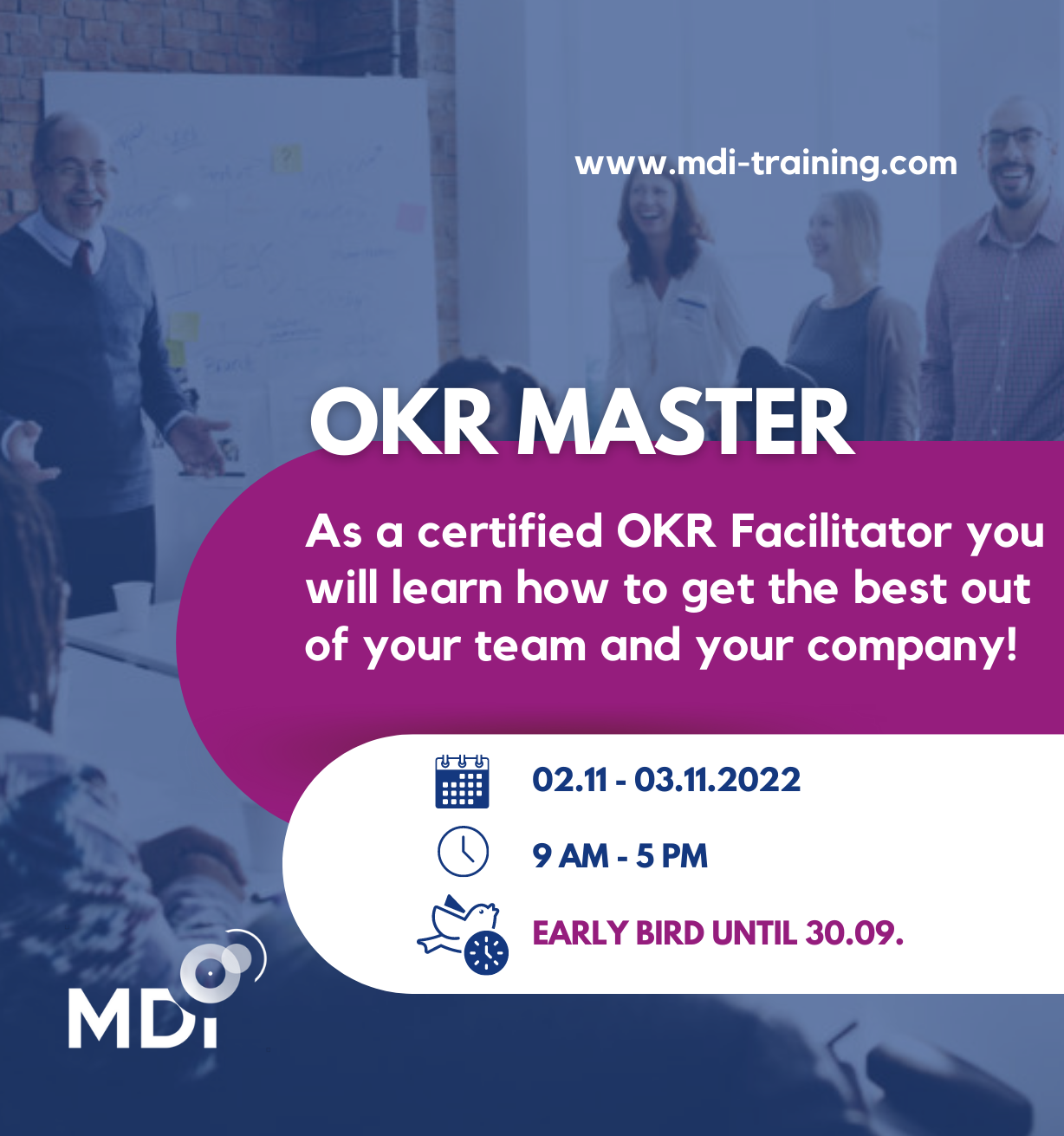
10 tips for effective communication with dominant partners
Homer Simpson has been delighting young and old for many years.
Irascible to slightly choleric, he says straightforwardly what he thinks, is constantly annoyed by trivialities, and doesn’t give much thought to the opinions and advice of others.
If you meet such a communication partner in your professional life, your enthusiasm will be limited.
But we say: You can also communicate effectively with Homer Simpson. Why don’t you try our tips right now?
The DiSG communication model
The DiSG communication model states that people communicate according to four different patterns – depending on their type: steady, proactive, conscientious, or dominant.
Even though the person sitting across from you always poses the greatest challenge – dominant partners usually remain particularly unpleasant in our minds. Why is that?
Dominant interlocutors
- speak straightforwardly and want to get to the heart of the matter quickly without a lot of talking – this is easily perceived as impolite
- are direct and very honest – which is sometimes perceived as too honest!
- focus on solutions, not on problems – they usually don’t want to talk about them for long either
and yes, the one about being quick-tempered… that’s also there from time to time 😉
Homer Simpson is the epitome of the dominant communication type.
But you can communicate effectively with him, too. So in the coming week, find your personal Homer Simpson and try to have a goal-oriented conversation at eye level.
10 tips for effective communication with dominant interlocutors
DO’s
- focus on results and solutions.
- get to the point quickly and avoid long introductions and chit-chat.
3. show self-confidence
4. Be prepared to be blunt and (brutally) honest.
5. Do not overreact to statements.
6. show respect.
7. Look the other person in the eye and speak in a firm, clear voice.
DONT’s
8. do not digress from the topic!
9. do not challenge the other person – you will lose!
10. don’t make promises you can’t keep.
And after the interview, we’re eager to read how you did.

Dominik Etzl
Trainer & Solution Development Manager MDI & Manager Metaforum International.
Dominik Etzl is Solution Development Manager and Trainer at MDI Management Development GmbH and Managing Director of Metaforum International. His focus is on topics of digital transformation, as well as OKR (Objectives & Key Results), agile leadership and lateral leadership. His goal is to support managers in leading a valuable contribution to their environment: on an individual, corporate and societal level.






















